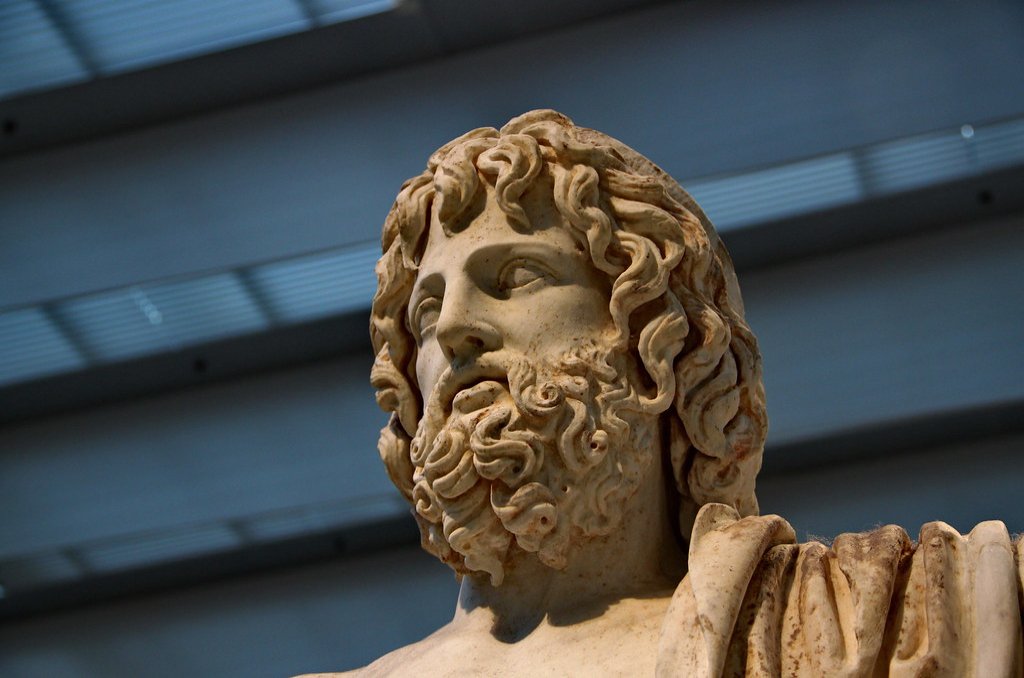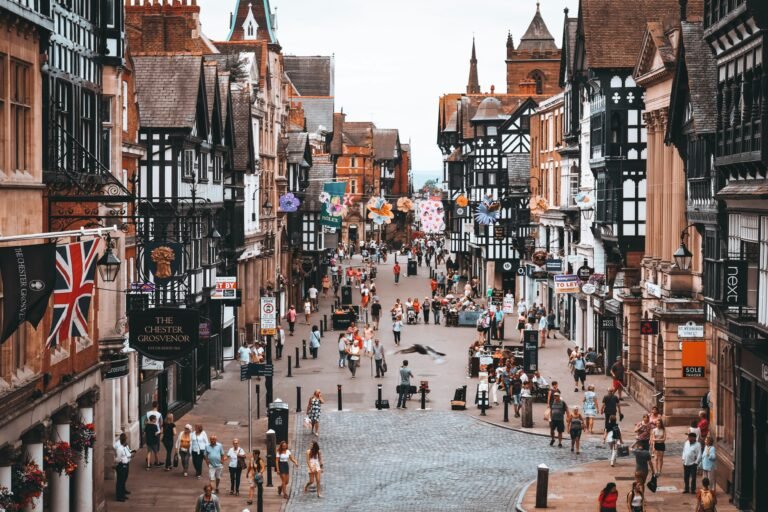Eboracum, known nowadays as York, was one of the most vital cities in Roman Britain. Established around AD 71, this Roman military fortress became a bustling city of trade, culture, and administration. While the city we know as York has advanced through centuries of history, its Roman roots continue to shape the city’s identity, drawing tourists from around the world to experience the remnants of the city.
The Origins of the city
The city of Eboracum was established by the Romans during their victory over Britain. Originally built up as a fortress by the Roman Ninth Legion, it developed quickly due to its strategic area between the River Ouse and the Foss. As one of the northernmost Roman cities, it played a key role in both defense and governance.


Eboracum: A Thriving Roman Military Base
Eboracum was essentially built as a military base, housing the legions responsible for keeping up order in the northern areas of the Roman Empire. The fortress of it became the headquarters of the Sixth Legion, which remained positioned there for over 300 years. The military significance of it cannot be understated—it was one of the main bastions of Rome’s control in Britain.
Roman Architecture in Eboracum
Much of Roman Eboracum’s grandeur lay in its impressive architecture. Roman engineers constructed vast fortresses, public baths, and an amphitheater. Remnants of these structures, such as the Multangular Tower and sections of the fortress walls, can still be seen today. In York, the architectural footprint of the Romans is forever embedded in the city’s foundations, with streets like Stonegate following the original Roman roads.
The Daily Life in Roman Eboracum
Life in Eboracum was a vibrant mix of military discipline and civilian activities. The city had a thriving civilian population alongside the soldiers, consisting of families, merchants, and artisans. Bathhouses provided places for relaxation and socializing, while markets buzzed with traders exchanging goods from across the Roman Empire. Whether soldier or civilian, the people of here enjoyed amenities like clean water and heated homes—luxuries uncommon in other parts of the ancient world.
Trade and Commerce
Strategically located, Eboracum became a center for trade and commerce in the north of Britain. The city connected key trade routes that stretched across the empire. It was known for exporting agricultural products, pottery, and wool while importing luxury goods like olive oil, wine, and fine pottery. This trade helped the city prosper and supported its diverse population.
Religion and Culture
Religion played an essential role in Roman Eboracum. The city had temples dedicated to Roman gods like Jupiter, Mars, and Mithras, reflecting the spiritual life of its inhabitants. Over time, it also became a hub for the early spread of Christianity. Archaeological finds such as religious altars and temples offer a glimpse into the religious practices that coexisted within the city’s cultural life.



The Decline of Roman Eboracum
Eboracum flourished for centuries, but as Roman power reduced in the 4th century, so did the city’s fortunes. The weakening empire might not sustain its military presence in Britain, and by AD 410, Roman troops had withdrawn, leaving Eboracum to the Anglo-Saxons. The city’s framework, once a symbol of Roman ingenuity, started to crumble, and it gradually transformed into a medieval settlement.
The Legacy of Eboracum in Medieval York
As the Roman empire withdrew, Eboracum’s influence remained embedded in the city that followed. Medieval York inherited much of the city’s infrastructure, from the street layout to remnants of the Roman wall. The Roman influence on York’s development is still evident today, with many streets, churches, and historical sites built atop Roman foundations.
Eboracum’s Archaeological Discoveries
Over the years, York has been the site of many critical archeological disclosures related to Eboracum. Excavations have uncovered Roman mosaics, burial grounds, and remainders of buildings, offering a treasure trove of information about lifestyle in the Roman city. One of the most famous revelations is the Roman Bathhouse, which provides insight into the public health and social practices of the time.
York’s Roman Heritage in the Modern Day
York is a city that celebrates its Roman past. Visitors today can walk along the ancient city walls, explore Roman ruins at the Yorkshire Museum, or even step into the remains of a Roman bathhouse. Guided tours of York often highlight the Roman origins of the city, and local museums provide a rich educational experience for those interested in learning more about Eboracum.
Comparing Eboracum and York: Then and Now
Eboracum and York are two sides of the same coin—one ancient, one modern. While York has developed into a flourishing modern city, it still holds the core components of its Roman past. Many of York’s streets, such as the aptly named Roman Road, follow paths laid down nearly 2,000 years back. The city’s walls, while extended in later centuries, still incorporate parts of the original Roman defenses.
The Importance of Eboracum in Understanding Roman Britain
Eboracum is essential to understanding the Roman period in Britain. As one of the most significant Roman cities in the area, it gives a wealth of data about how the Romans organized, defended, and administered their realm. The remains of Eboracum offer history specialists and archeologists invaluable insights into both the military and civilian perspectives of Roman life.
Conclusion
Eboracum’s story is one of conquest, culture, and transformation. The Roman city may have faded from power, but its influence endures in York’s streets, buildings, and heritage. Understanding Eboracum is essential for anyone looking to explore the deep historical roots of York, a city that has always been a crossroads of culture and history.








